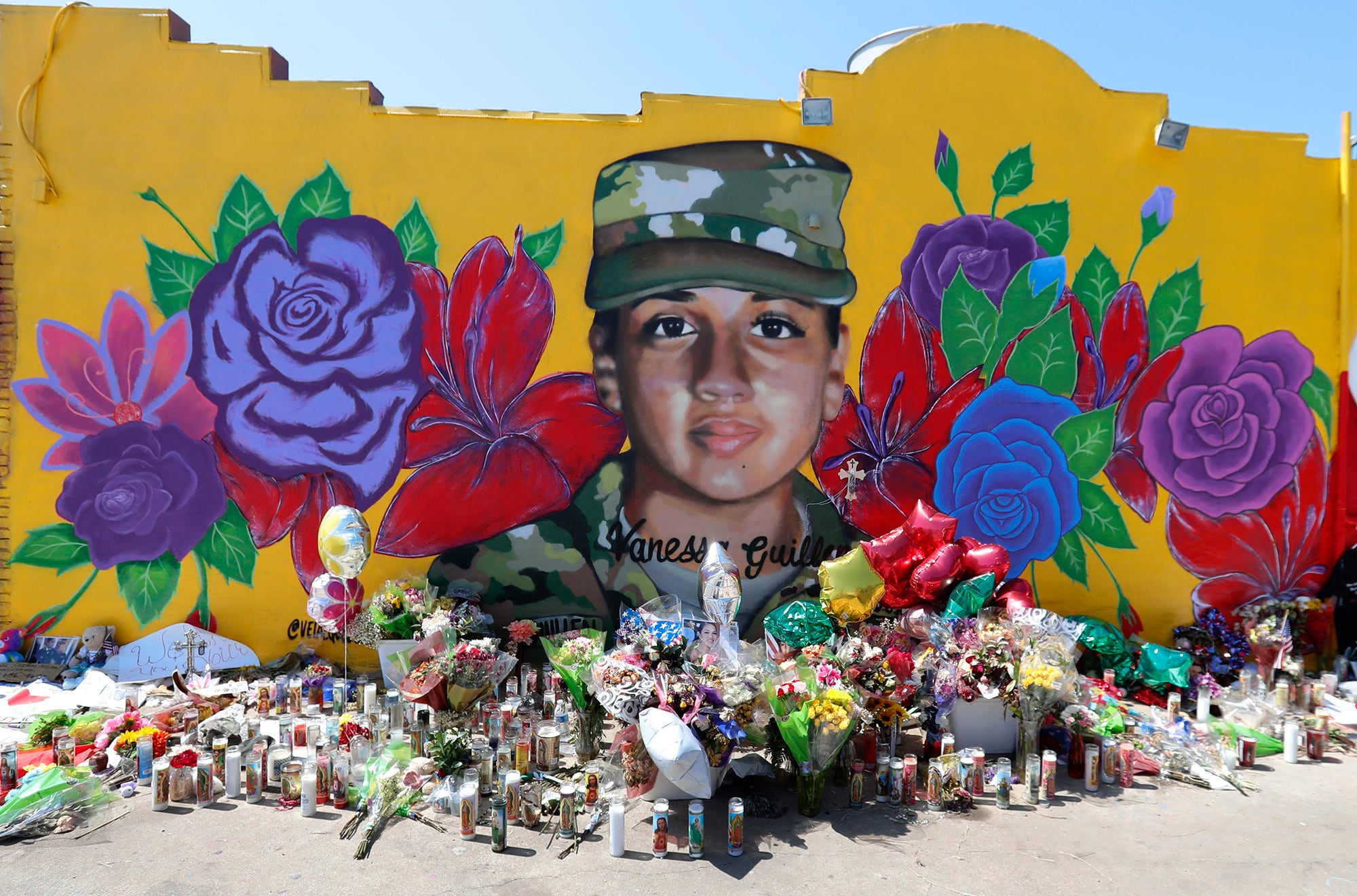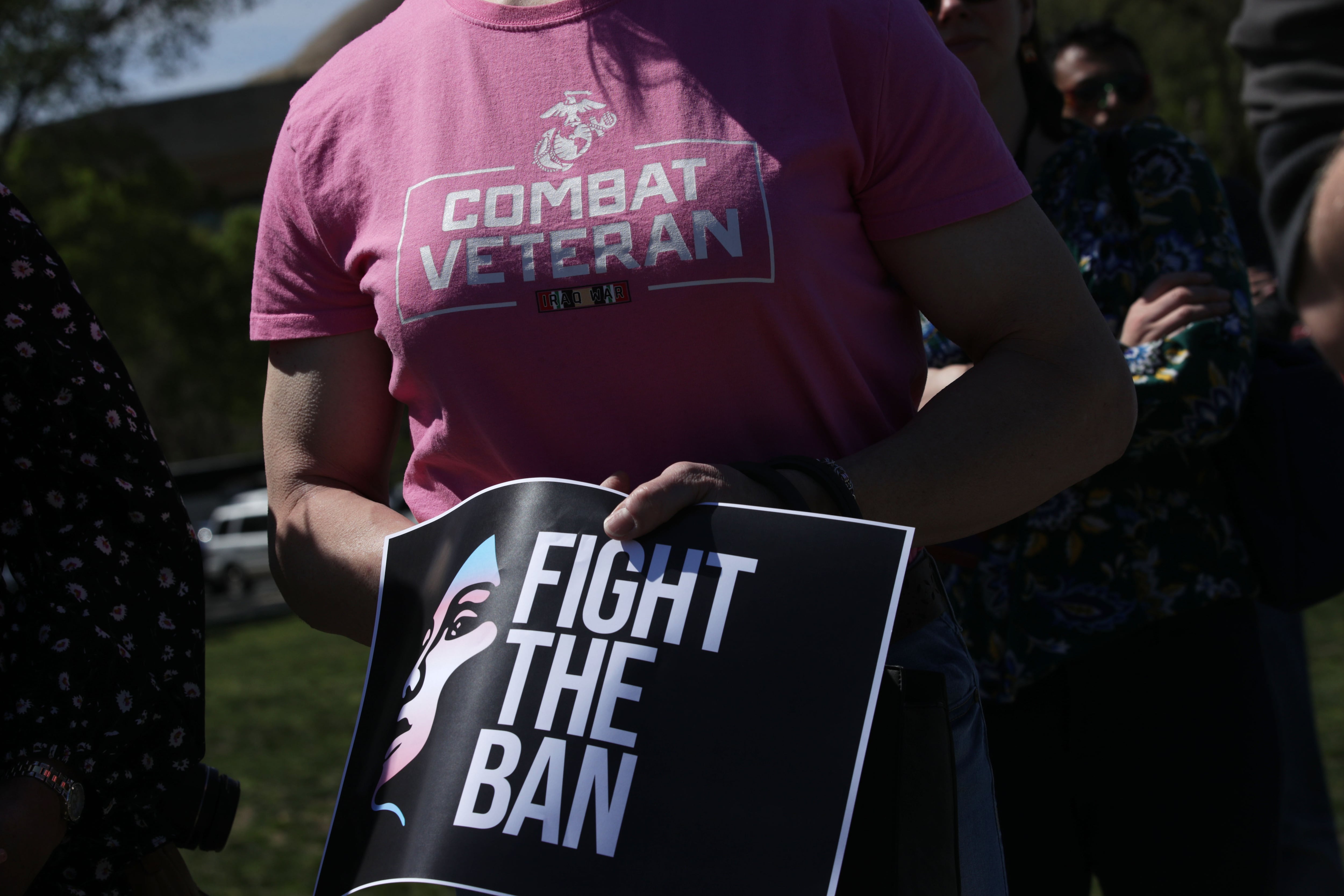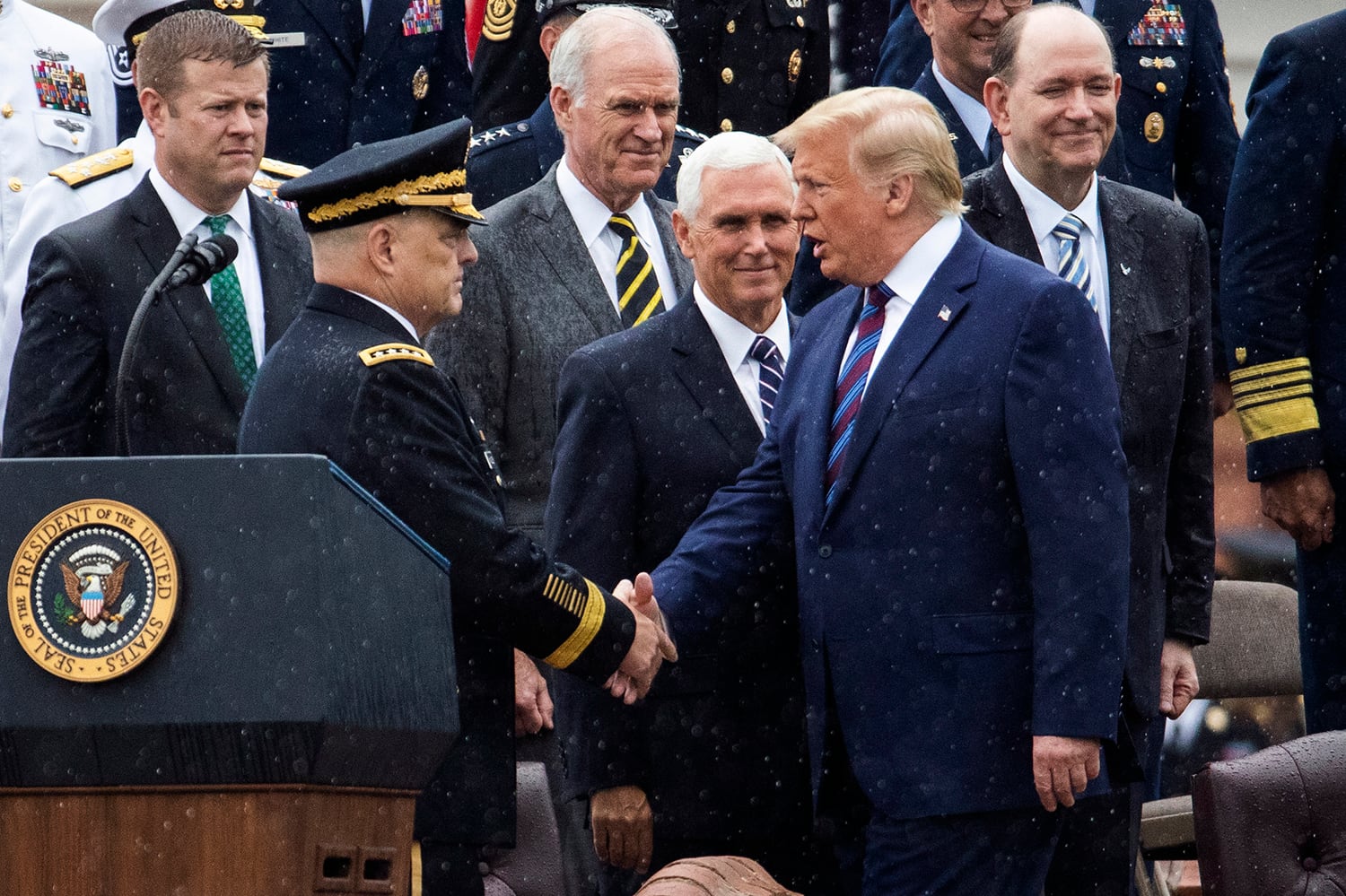The 2020 disappearance and murder of a young Army specialist that prompted service-wide reckoning and reform may still be affecting efforts to recruit female soldiers, a revealing new slide presentation indicates.
A six-page Army PowerPoint presentation created for the Defense Advisory Committee on Women in the Services shows a marked drop in the Army’s female enlistments for every year since fiscal 2019. The presentation does not mention 20-year-old Spc. Vanessa Guillen, who disappeared from Fort Cavazos (then Fort Hood) in Texas in April 2020, and whose remains were only discovered months later after calls for an intensified search. It does, however, point to another jarring statistic: a dramatic spike in the percentage of young prospective female recruits citing fears of sexual harassment or assault as reasons not to join the Army.
What’s more, the presentation states that the Army failed to allay women’s fears even as those concerns hindered recruiting efforts.
“The biggest factor is the perception among the target market and US Army’s issues with Sexual Harassment, Sexual Assault and discrimination,” the presentation, delivered by Command Sgt. Maj. Scott A. Wolfe, top enlisted leader of the Army’s 1st Recruiting Brigade, states. “We never tried to counter the narrative.”
Wolfe’s presentation, delivered to the Defense Advisory Committee on Women in the Services in March, offers a rare specific look at Army efforts to attract women amid broader, military-wide struggles to recruit within a young generation less predisposed to service than its predecessors. According to the presentation, the Army got 15,907 female enlistment contracts in 2020, down from 19,137 in 2019. Contracts fell to 13,320 in 2021, and tumbled again, to 10,751 in 2022. In terms of female representation in enlistments, the slides show female enlistments made up 20.8% of the total in 2019, falling to 20.5% in 2020, and dropping again to 18.6% in 2021. Female representation in enlistments increased to 19.3% in 2022, but has yet to fully recover.
The effects of the COVID-19 pandemic, which kept recruiters out of high schools and restricted opportunities to meet prospective recruits face-to-face, was a factor in the drop in enlistment contracts, according to the presentation. But negative perceptions, it concludes, were a greater factor.
“Female Prospects view the Army as an inferior employer — neither aligned with their aspirations nor providing desired outcomes,” the presentation states, with jarring candor.
U.S. Army Recruiting Command declined to make Wolfe available for an interview, but did provide written responses to questions about the presentation and its findings. An Army spokeswoman, Madison Bonzo, said the service did not explicitly link the downward enlistment trend with the widespread furor and outrage over Guillen’s death.
RELATED

“A decrease in enlistment for this specific reason would be difficult to determine,” she said, “however the Army is working to counter several misperceptions the public has about military service through awareness about the opportunities it provides and the programs we currently offer to combat sexual assault in the Army.”
Demographic-specific recruiting data included in the presentation does show more nuance, and some positive trends. While recruitment of white women fell to a five-year low in 2022, making up 6% of enlistments, down from 7.9% in 2020, representation of women from other racial backgrounds increased even as overall enlistments fell.
The number of Hispanic women who signed enlistment contracts dropped from 4,500 in 2019 to 2,923 in 2022, but representation in the population increased from 4.9% to a five-year high of 5.2% in the same timeframe, the presentation shows. African American female enlistees dropped from 6,085 in 2019 to 3,550, but representation remained relatively strong, dipping from 6.6% in 2019 to 5.7% in 2021, but climbing back to 5.7% last year.
Female production — or the annual number of enlistment contracts — is down 31% overall since the pandemic, according to the presentation, but overall production is down 29.2% as all Army elements contend with historic recruiting difficulties. Bonzo pointed to another statistic, the 13% of female enlistees in 2022 who opted for combat arms jobs once off-limits to women, as another positive sign.
“Overall female representation has not dropped, active component female representation has increased each year since 2011,” she said. “For example, in 2016, women became eligible for all jobs within the Army’s combat arms branch, since then, the Army has increased overall representation of females in those roles to approximately 5% as of FEB 2023.”
But as the stark language of Wolfe’s presentation makes clear, the misgivings of women ages 16 to 28 about Army service, especially if not effectively addressed in outreach and communication, may be a harbinger of greater recruiting struggles to come.
In that age group, the presented data shows, 64% of respondents believe they would be sexually harassed, and 61% believe they’d be sexually assaulted, if they joined the Army. Among respondents from Gen Z, those born after 1997, almost half said that they think their lives would be worse off if they joined the Army, and 43% said they believe they’d experience some form of discrimination.
Bonzo acknowledged the service sees challenges in reaching Gen Z, and said the Army’s recruitment machine is working to push out social media content highlighting female soldiers in traditionally male-dominated roles, as well as “in leadership positions, fulfilling their passions, balancing work and family and other success stories.”
“Army Marketing research tells us that Gen Z does not know their Army,” she said. “Research also tells us that youth seek out paths filled with possibilities of purpose, passion, community, and connection; however, they don’t see the Army as an organization that can set them on those paths. Army marketing campaigns are designed to close these gaps.”
Bonzo pointed to new and upcoming Army initiatives that aim to communicate positive aspects of Army service and highlight opportunities for women to advance and thrive. The Army’s Enterprise Marketing Office, she said, is partnering with media company IGN to produce a mini-documentary series called “Women Warriors,” focused on telling the stories of real service members who pursue their passions while serving in the Army.
RELATED

A women’s initiative team, similar to those already established in the Air Force and Marine Corps, is also being established, she said, as an advocacy entity. Made up of female soldiers, the team “will provide an important mechanism for the Army to evaluate the way it measures and identifies issues of gender bias,” Bonzo said.
Even as it launches these new efforts, however, the Army may be hard-pressed to alter negative public perception from events that dominate headlines. Guillen, who disappeared after reporting sexual harassment by a fellow soldier and was allegedly killed by another soldier, continues to be a symbol for many of the service’s perceived failure to do all it can to protect women in uniform. The March death of another Fort Cavazos soldier, 20-year-old Pvt. Ana Basaldua Ruiz, once again returned Guillen to the national conversation, even though preliminary findings indicated Ruiz’s death was not the result of foul play.





